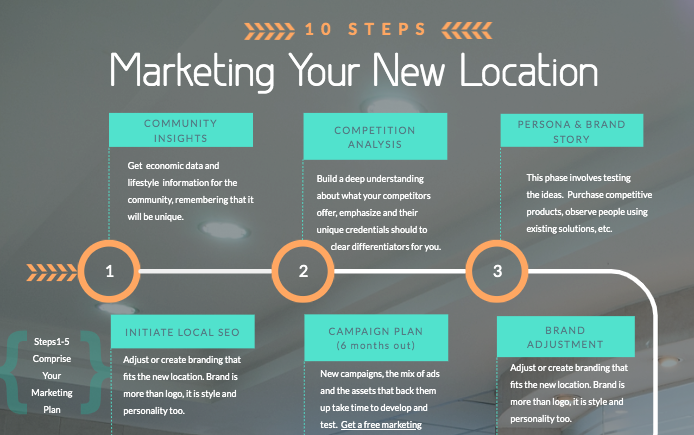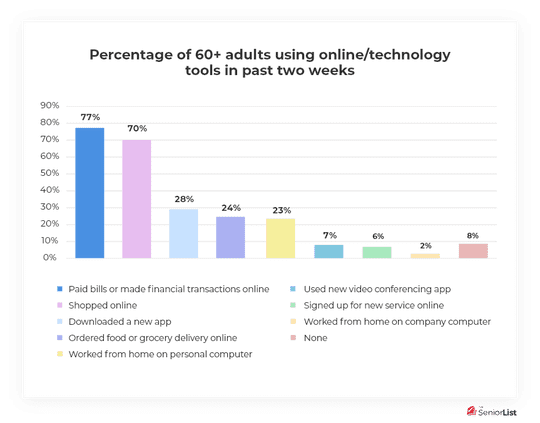
It's a famous story- George Parker used to sell NYC landmarks from a fake office. He sold the Statue of Liberty, Madison Square Garden and reportedly the Brooklyn Bridge (about twice a week). The buyers would then discover that for some reason the police wouldn't let them set up a toll booth in the middle of the bridge! It all ended after his third conviction for running these cons in 1928.












